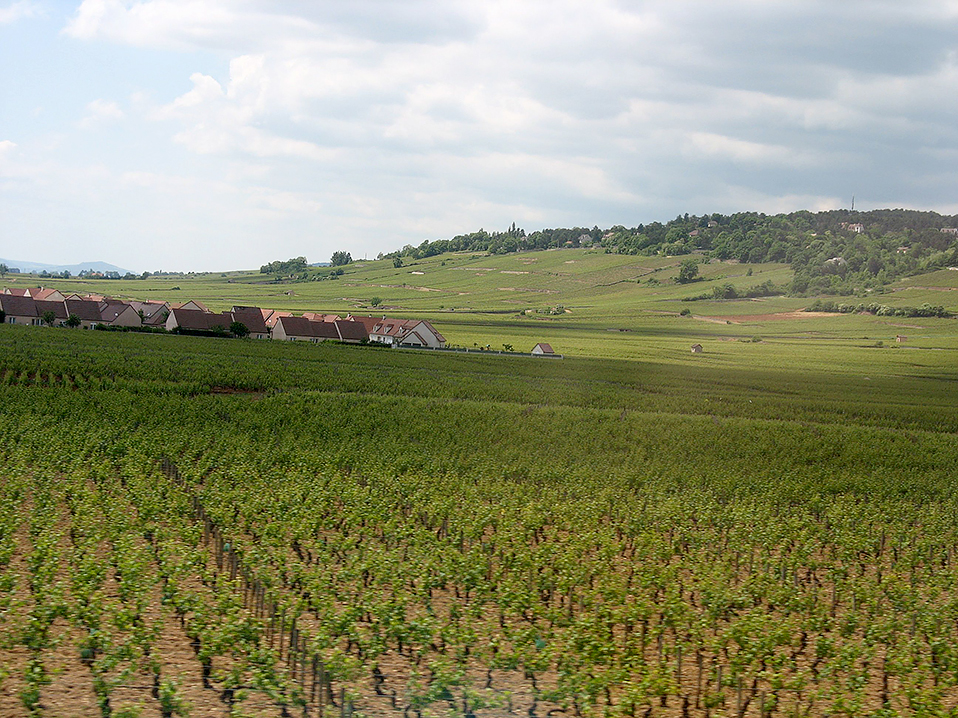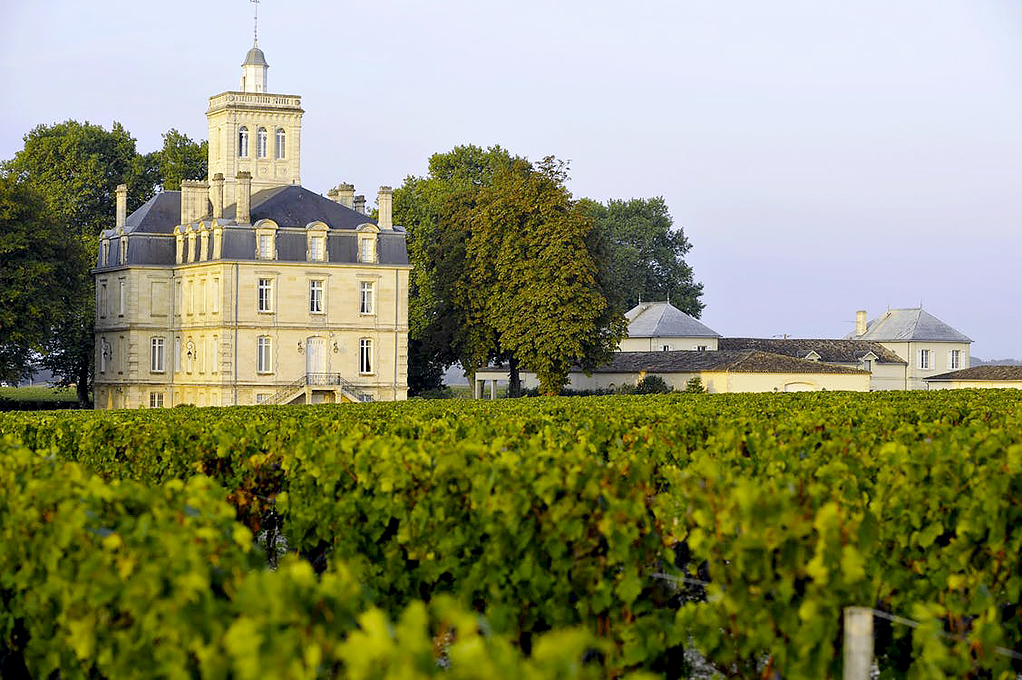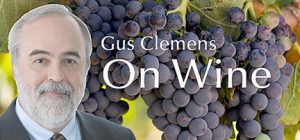French wine labels can flummox even experienced, sophisticated enjoyers of wine.
Labels often indicate region where but not which grapes were grown. You are supposed to know that on your own because of the location. In addition, words like “grand” and “premier” are bandied about without clear meaning. In French, “premier” means first. But “grand” usually refers to wine that is better than first.
Then there is “cru”, which is French for “growth.” It usually references a superior vineyard site and is linked to the French concept of terroir, which loosely means the soil, climate, how the vineyard is situated, how it is tended by the owners and workers. And, oh, some other things. Hurrumph, if you do not speak French, you will never fully appreciate the meaning of “terroir” sauterelle (“grasshopper” in French).
“Cru” is used throughout France, but it is not applied in the same way throughout France. Of course it could not be easy.
In Burgundy, grand cru is the apex. It is followed by premier cru, village wine, and Bourgogne. The system dates back to the 12th century and Cistercian and Benedictine monks in the Côte d’Or. Each of the 33 Grand Cru sites are their own appellation, and only pinot noir and chardonnay may be grown there, but most sites only permit one or the other variety.

Bordeaux handles cru differently. Grand Cru Classé is the best known and is tied to a specific château or estate rather than a specific vineyard. Created in 1855, it includes left-bank châteaus in Médoc, Graves, and Sauternes ranked from first to fifth growths based on what they were doing almost 170 years ago.

On Bordeaux’s right bank, Pomerol is not classified. Saint-Émilion makes up for that with two château-based quality classifications plus a third category. Premier Grands Crus Classés are at the top of the heap; there are 18 of them. Then come 64 Grands Crus Classés. Finally, there is St.-Émilion Grand Cru, which refers to production rules rather than quality or location. And so it goes.
There are different cru rules for Chablis, Alsace, Beaujolais, and Champagne. But this venture into French vino nomenclature has cruised into roll back your eyes territory. Time from some humor.
Last round: Text: “I would love to take you out for a cup of coffee this week.” Reply: “You have spelling errors in your text. It is ‘a glass’ not a cup. It is ‘wine’ not coffee.”

